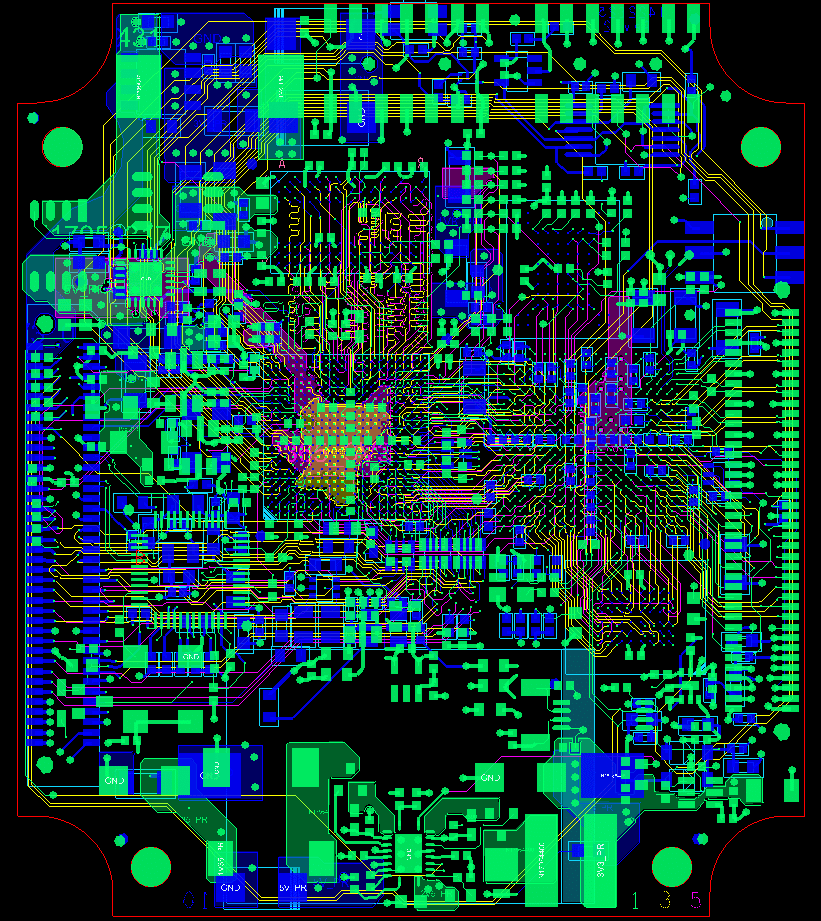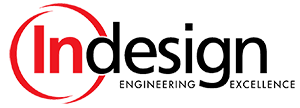ECAD stands for “Electronic Computer-Aided Design”. It’s a category of software tools and solutions used in the design and development of electronic circuits. ECAD software is commonly employed by electrical engineers and printed circuit board (PCB) designers to create and capture schematics, design/layout printed circuit boards (PCBs), build component libraries, simulate electronic circuits, and perform various other tasks related to electronic design.

Indesign has four full-time ECAD designers with over 100 years of combined experience. We use OrCAD Capture CIS for our schematic entry tool and Cadence Allegro for our layout tool. We also have Altium in our ECAD tool arsenal.
Component Information Systems
A CIS (Component Information System) component library database is a structured and organized repository of electronic components and their associated data used in electronic design. This database is an essential part of Electronic Design Automation (EDA) tools and software used by engineers and designers.
This includes detailed component information, footprints, symbols, datasheets, etc. Having a well-maintained CIS component library database is crucial for efficient and accurate electronic design, as it ensures that designers have access to accurate, up-to-date information and resources for their projects.
ECAD At Indesign
Indesign’s ECAD team works closely with our mechanical engineering team to ensure that the PCBs and components will fit in the product’s enclosure. After copper routing is completed, a thorough review is done by the electrical, ECAD, and mechanical teams. Ideally, this includes a review by the contract manufacturer who will build the PCB. Once everyone has given approval, the design will be released for bare-board fabrication. The bare PCBs will be brought back to Indesign for assembly.
Indesign has prototype PCB assembly capabilities in-house to support product development for our clients. Capabilities include both machine assembly and hand assembly of PCBs.
The machine assembly area includes the following equipment:
- Stencil printer (solder paste screening)
- Automated pick and place machine (surface mount devices)
- Reflow oven
To help ensure quality soldering, Indesign uses a thermal profiler which allows for more precise temperature zone control. Our highly experienced assembly staff are IPC-610 certified.
Working with the contract manufacturer early is advantageous to a successful design. If a CM has not been selected at the time of layout, common design standards will be used. DFM (design for manufacturing) and DFT (design for test) are very important for quality designs. Implementing EMC (electromagnetic compatibility) and ESD (electrostatic discharge) strategies early in the architecture and design is also important for ensuring a high-quality product.
Ready To Get Started?
Indesign’s broad experience in electronic product development is evident in the wide variety of services we offer. Whether you need RF & wireless design, systems engineering, software design, or something in between, our team is here to help! Ready to get started on your next project? Contact our team by calling (317) 377-5450 today.
